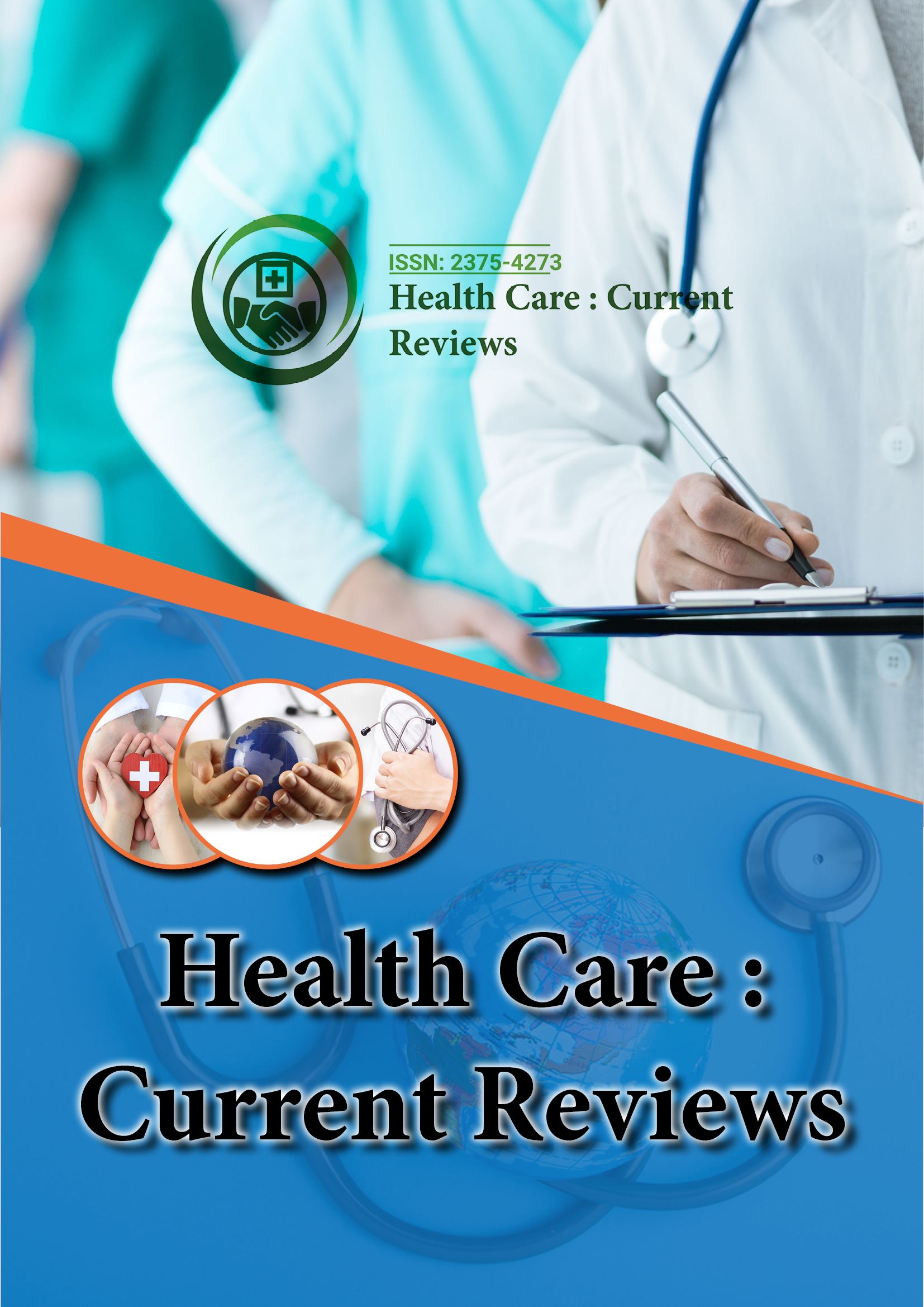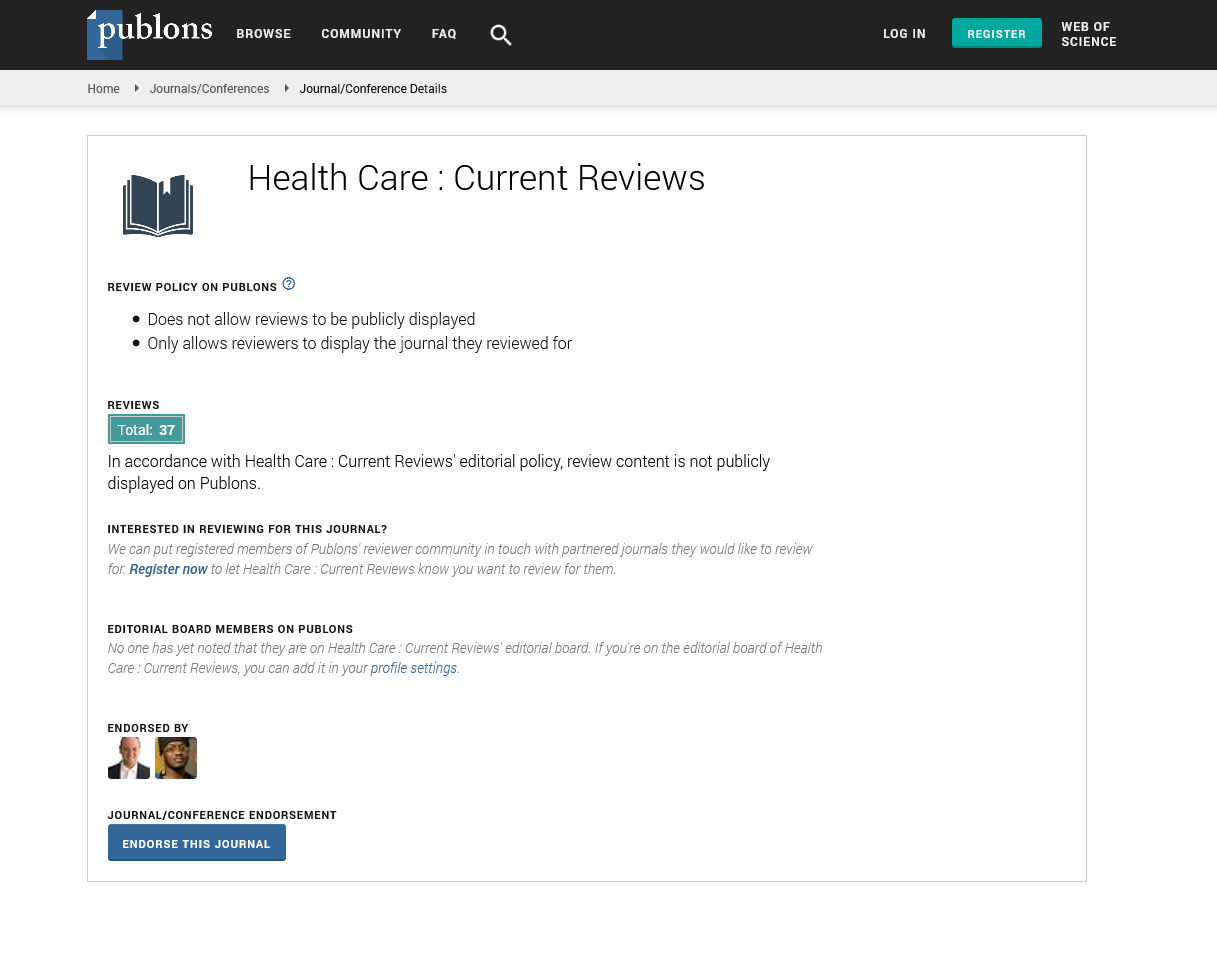PMC/PubMed Indexed Articles
Indexed In
- Open J Gate
- Academic Keys
- RefSeek
- Hamdard University
- EBSCO A-Z
- Publons
- Geneva Foundation for Medical Education and Research
- Google Scholar
Useful Links
Share This Page
Journal Flyer

Open Access Journals
- Agri and Aquaculture
- Biochemistry
- Bioinformatics & Systems Biology
- Business & Management
- Chemistry
- Clinical Sciences
- Engineering
- Food & Nutrition
- General Science
- Genetics & Molecular Biology
- Immunology & Microbiology
- Medical Sciences
- Neuroscience & Psychology
- Nursing & Health Care
- Pharmaceutical Sciences
Till pandemic do us apart? The impact of Covid-19 on marital relationships
5th International Conference on HEALTHCARE AND HEALTH MANAGEMENT
December 07, 2022 | Dubai, UAE
Vardha Kharbanda
Illinois Institute of Technology, USA
Posters & Accepted Abstracts: Health Care Curr Rev
Abstract:
Background: As of July 2022, the reported cases of Covid-19 has reached 564, 261,791 worldwide, claiming 6, 379, 706 lives (WHO, 2022). The COVID-19 pandemic has been especially hard on marriages as couples struggle to navigate financial hardships, maintain work-life balance along with stressors related to the family (Hood, 2020). The presentation has two major objectives; 1. To identify the published literature addressing the impact of Covid-19 on marriage and on the quality of family life and 2. To fill the missing gap in research about this topic in the Arab countries Methodology: The present study is based on a systematic review of 12 quantitative studies conducted worldwide during the period of December 2019 to July 2022. I compile an electronic database list using three major concepts 1. Covid-19 and family, 2. Covid-19 and marital relationships, and 3. Covid-19 and Quality of family life. Major findings: Studies found the married respondents are less likely to experience mental health problems during the pandemic (Jace & Makridis, 2020). The literature also indicated that spousal interference in daily activities during the COVID 19 increased relational turbulence (Knoster et. al., 2020). While attachment security predicts relationship quality during COVID-19 lockdown restrictions (Eder et. al., 2020) other studies found the pandemic caused a decline in the quality of spousal partnership (Goodwin et.al., 2020). It creates hostility, withdrawal, undermining relationship quality (Pietromonaco et. al., 2020) Recommendations: The existing studies focused on western cultures and since every relationship is unique and influenced by cultural norms, there is a need to study the impact of COVID-19 on marital relationships in the Arab region. Since Arab family members rely on each other for social, emotional, and financial support It is imperative to explore what other resources these families employ to cope with the negative consequences of the COVID-19.

